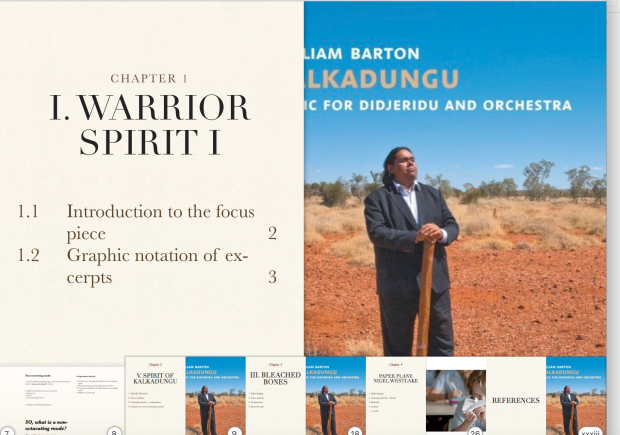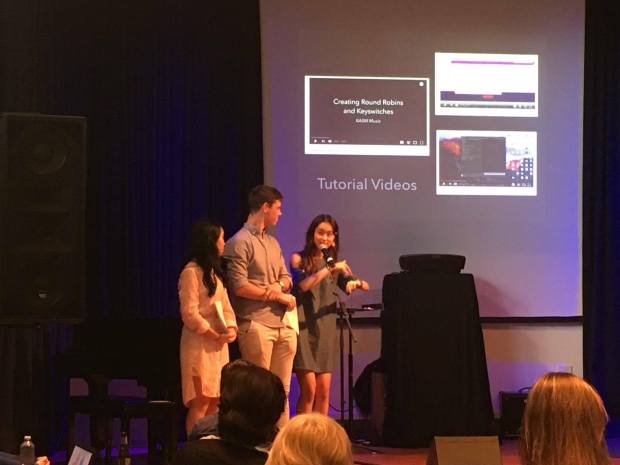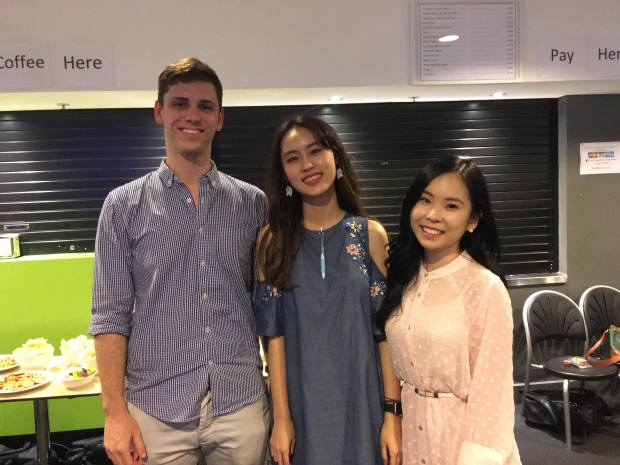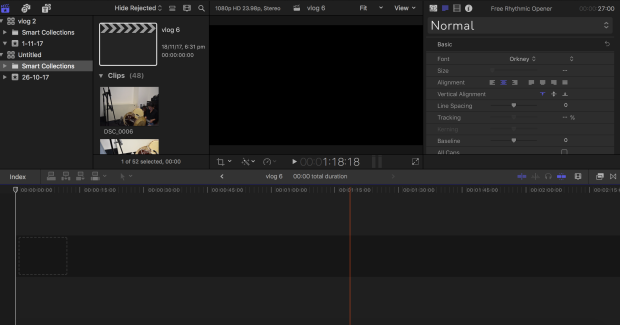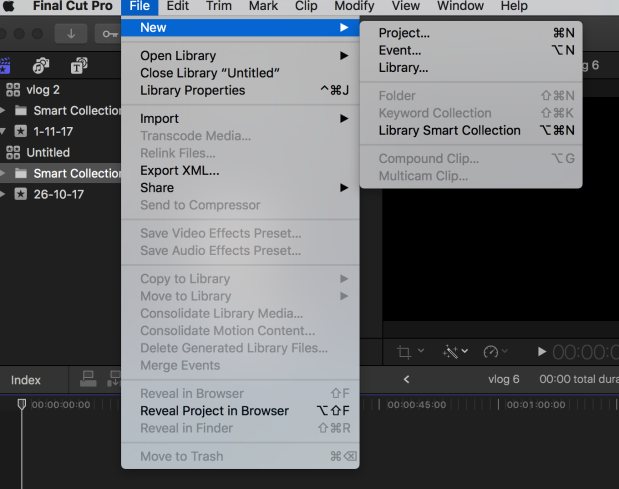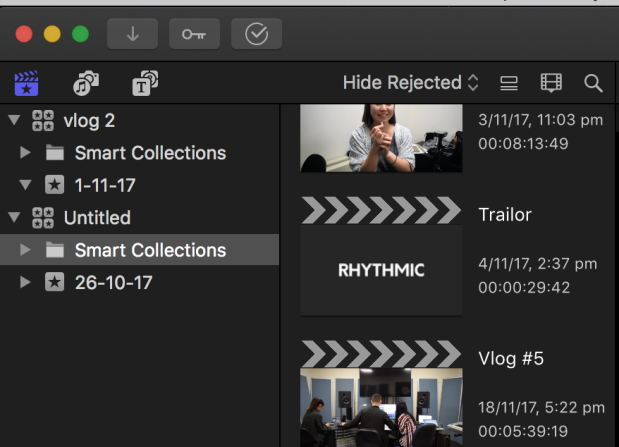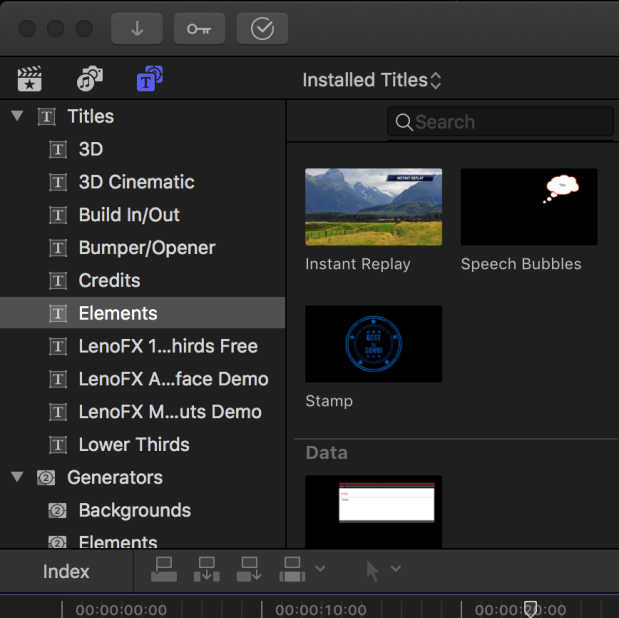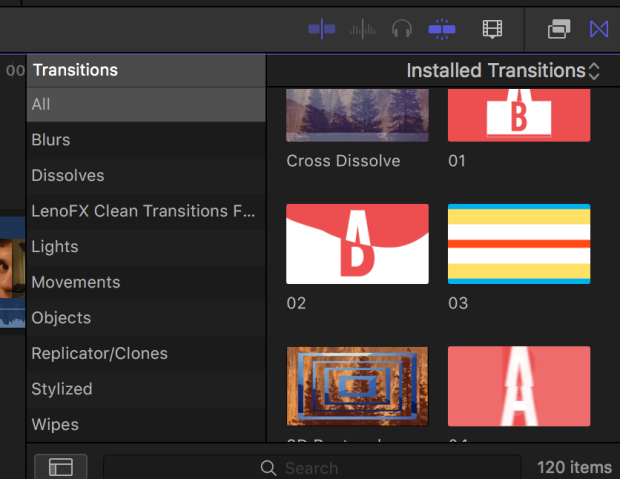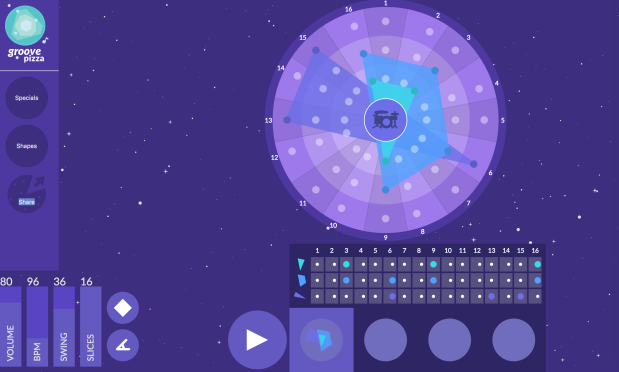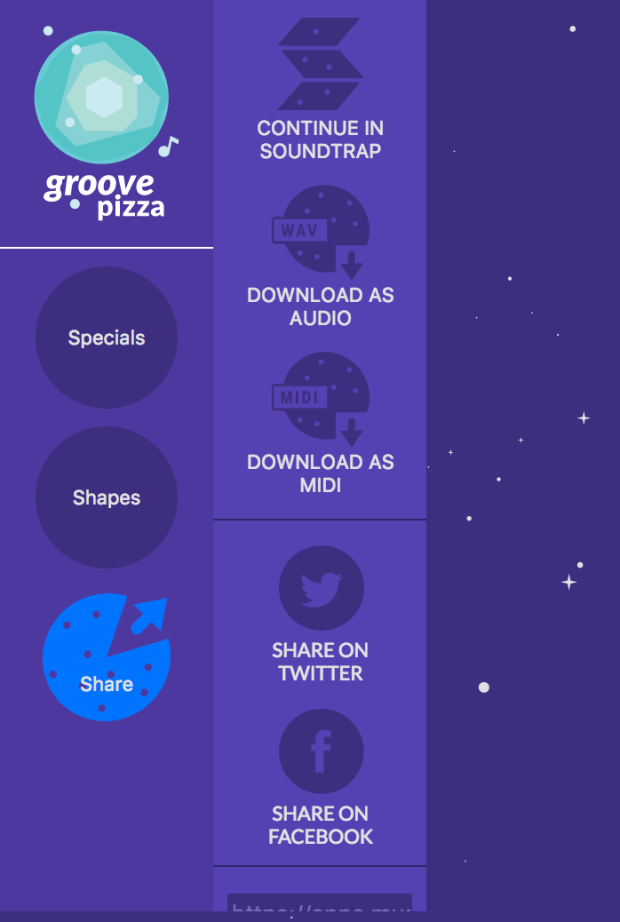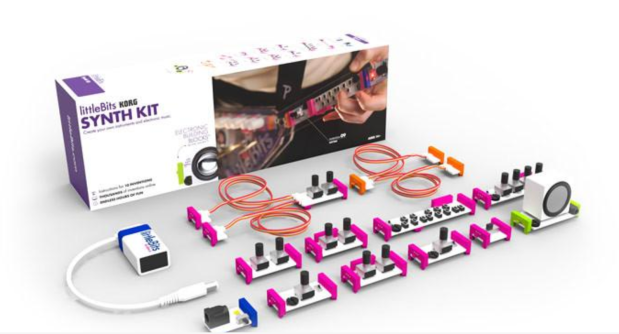1. The start
This semester, we are focusing on Year 11 and 12 HSC course (stage 6) and for our final assignment, we need to create an unit of outline, lesson plan and resources for the Music 2 topic – Music of the Last 25 years (Australian Focus). This will be my regular updated blog post about my drafts and where I am up to!
I have been brainstorming some repertoires and ideas for this unit. I am hoping to incorporate some ideas from my past experience as an year 12 student. Activities provided by my high school were undoubtedly beneficial, as reflected upon my final HSC mark.
I have selected some repertoires for this unit and I think I will base my unit on the music called ‘Kalkadungu’ by William Barton and Matthew Hindson. I was intrigued by the idea of collaboration and this will be a great resource to students who are just starting on their core composition task.
I am planing to create an iBook for my resources so that students can easily access the tasks, recordings and scores. The iBook is divided into chapters, hence students will be able to effortlessly find information and will not be hindered by bad internet connections. Hopefully I will give myself enough time to create resources.
2. iBook
I have started to lay out one of my resources – iBook. I am using 3 movements from Kalkadungu (I,III & V) and one extra piece. Each movement/piece is divided into a different chapter. 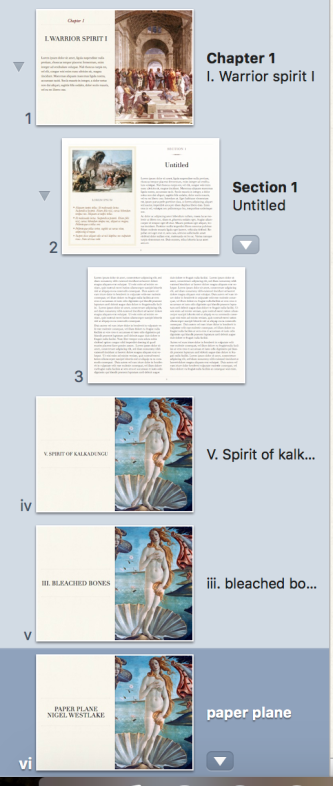
As seen above, I have not progressed much other than formatting to see which informations must be included.
I want this to be an interactive platform and give students an opportunity to self-lead their learning rather than just participating in the classroom discussions. There still will be heavy amounts of class activity/discussion – as a starting/revision point and for constructive feedbacks. Nevertheless, hopefully these resources will give students clearer directions for when they miss a task and provide them with solid revision sources.
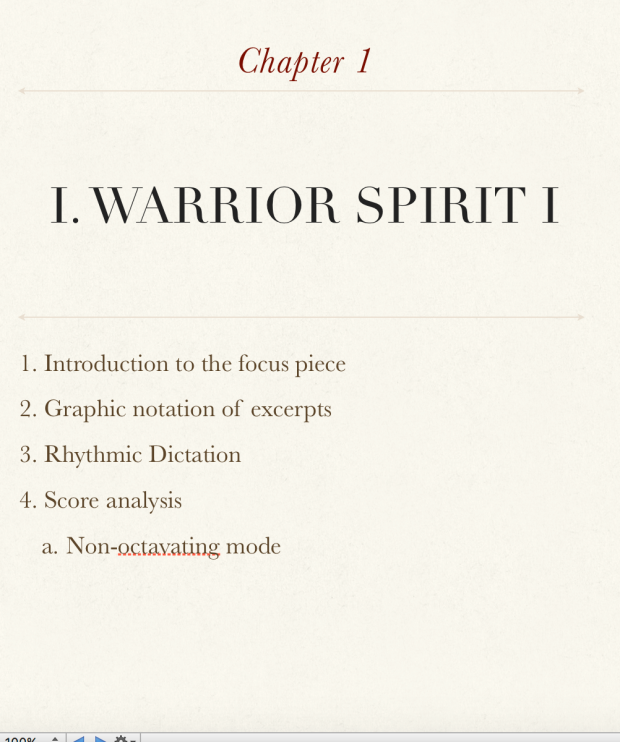
I want to create a table of contents for every chapter, in the style seen in the picture above. This will be done so that students do not waste time trying to scroll down to find appropriate page for each lesson.
I have also created a word doc file – which will be used as a dictionary for each piece. This was a resource that I had when I was in year 12 and I considered this to be beneficial for my study as a quick revision for musicology assignments and also for the core composition.
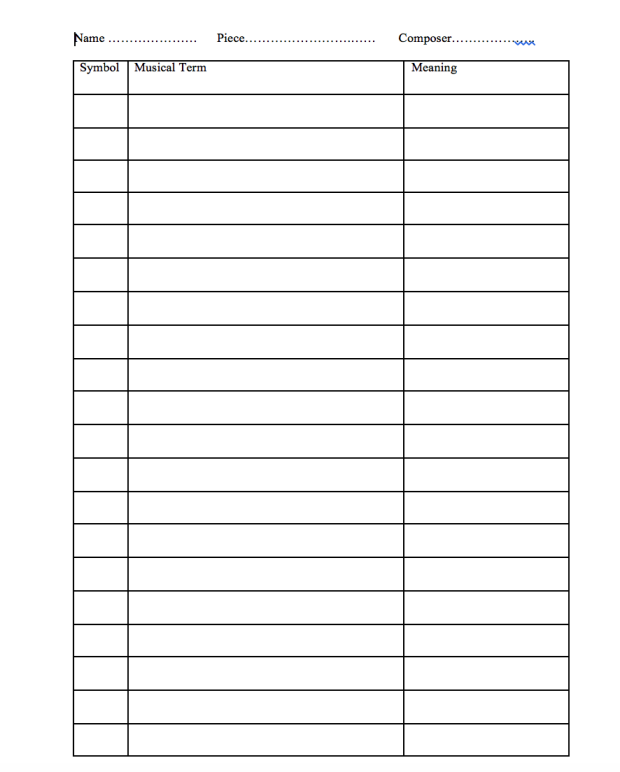
So here is what I created and this will be included in every analysis section of the iBook.
3. Continuing with my resources…
For the past few days, I have been working to finish my iBook but I have also been creating some examples for my students to provide a firm foundation. I have done some score analysis and filled in the dictionary table. Here is what I have so far ( I will not upload the score here due to copyright issues):
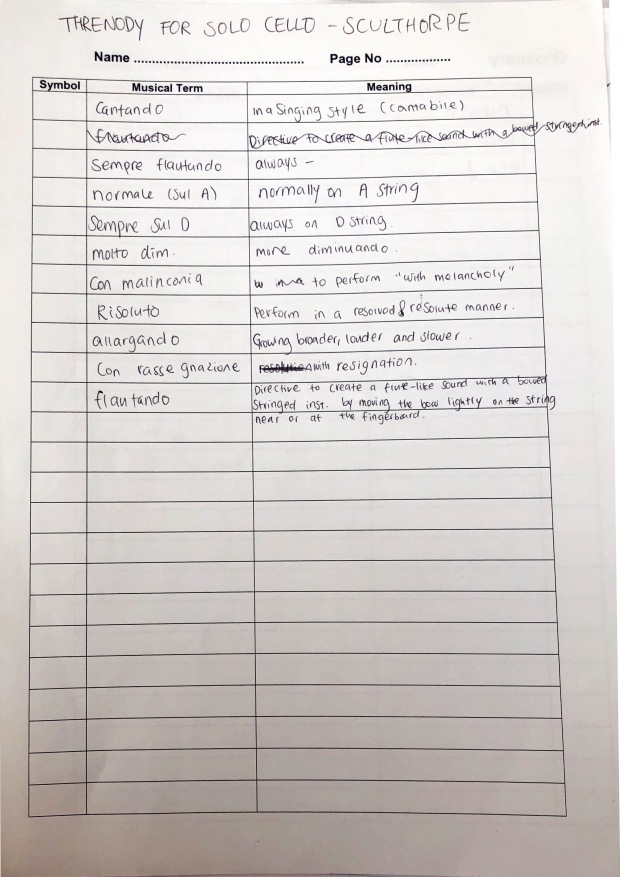
As a university student, I always wanted examples of past assignments. I believe students will feel the same way and would much prefer having something to base their work off.
My iBook is almost completed, however I did face a problem. My original plan was to download the music and insert the mp3 file onto the iBook so that students can listen to the music without internet. Downloading the mp3 file would have also allowed me to crop certain parts of the music for rhythmic dictations and other activities. Unfortunately, I was unable to download the music due to technical issues. Thus I left a note on iBook so that later on when the school gets a hand on the music, I could easily insert it into the iBook.
4. Finale
I have finally inputed all the resources into the iBook including sight-singing exercises and mp3 files for the exercises.
One of the difficulties that I have encountered during this assignment was time management. I did not set enough time to double check and include thorough resources in the iBook. If I had more time, I would definitely go back and reassemble some resources and include more examples.
Originally, I wanted to include the actual score of Kalkadungu in the iBook. However, the importation of the score poorly translated onto the iBook and students will not have been able to annotate directly on that score, unless they download every single page. Hence, I ended up uploading all the scores onto a google drive and inserted the link on iBook, consequently making the page look empty.
I tried to keep the formatting of the iBook consistent through out. As this is their starting point of preparing HSC aural/musicology and composition, I wanted to familiarise students with appropriate skills of writing, analysing and rhythmic/melodic dictating before they move on to other creative activities. Other activities such extended responses, advanced dictation and clef readings will be incorporated later in the semester with more suitable repertoires.
